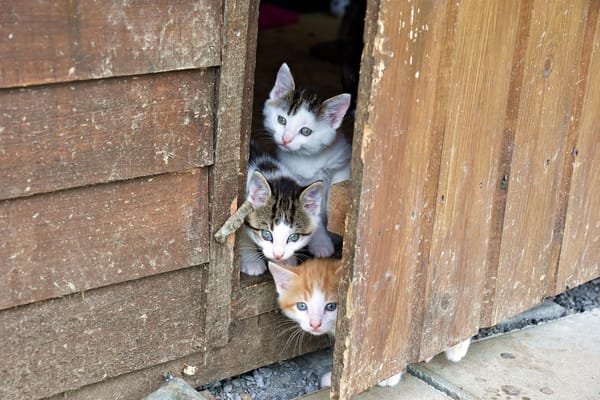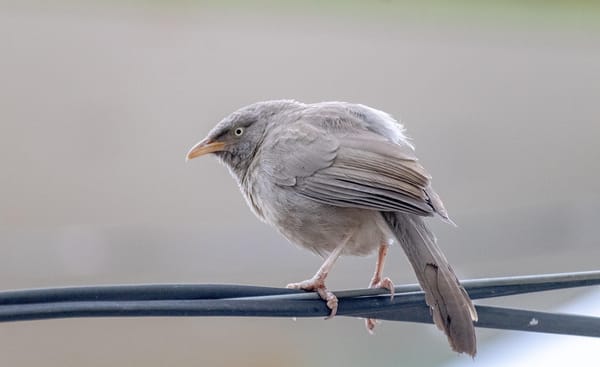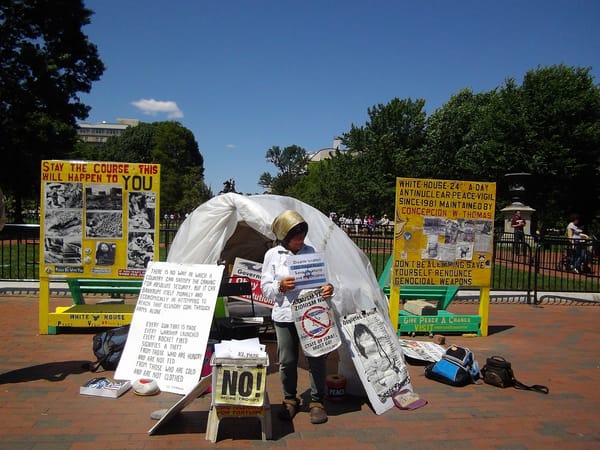
funding
Donors and funders, instead of freaking out or being numb, here are things you can do to fight fascism:
Hi everyone, quick announcement: If you're free this Friday, September 12th, at 11am Pacific Time, please join me and Edgar Villanueva for an Instagram Live conversation. We'll be talking about my new book and what our sector needs to do to fight fascism. Just get onto



